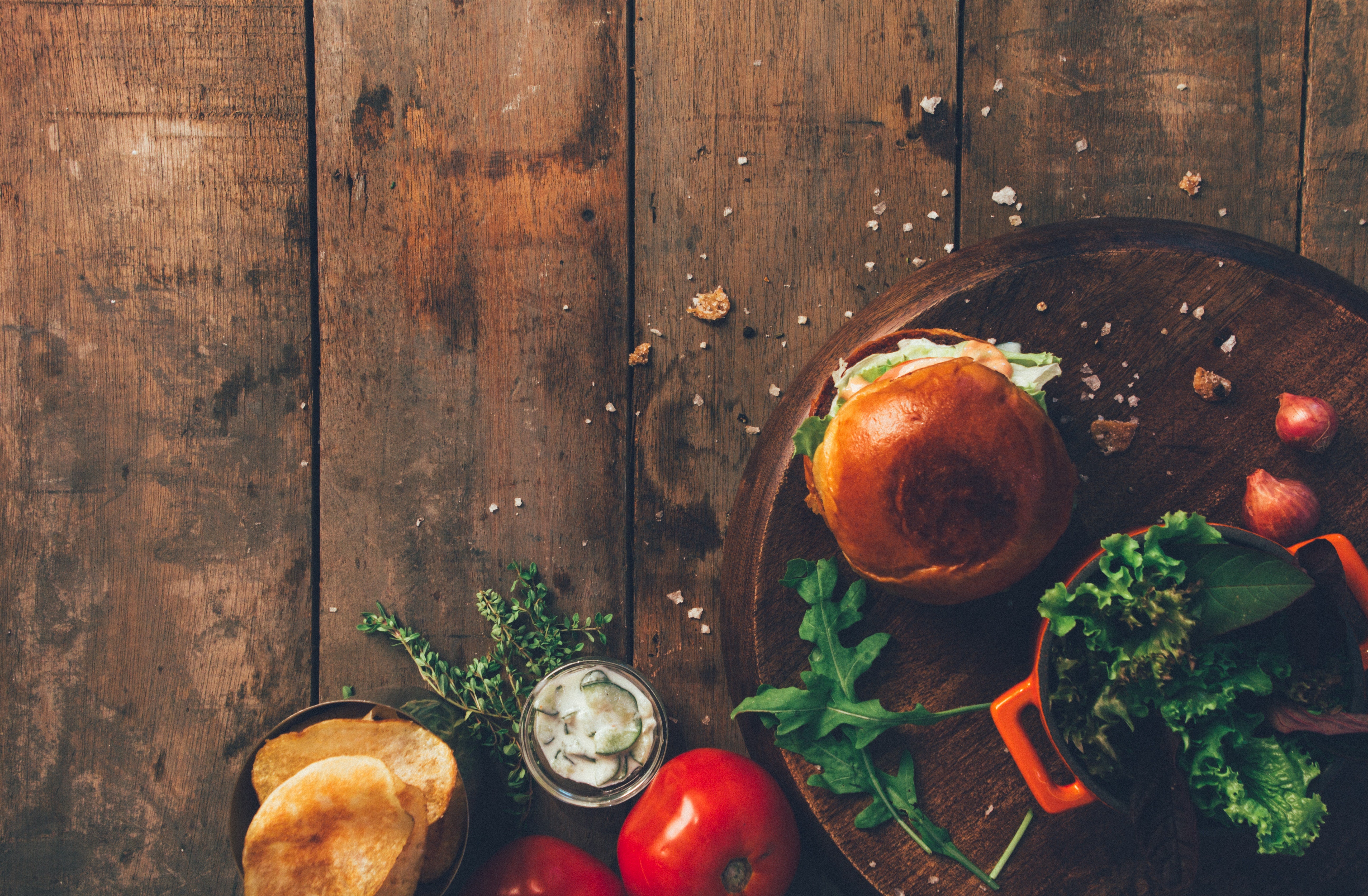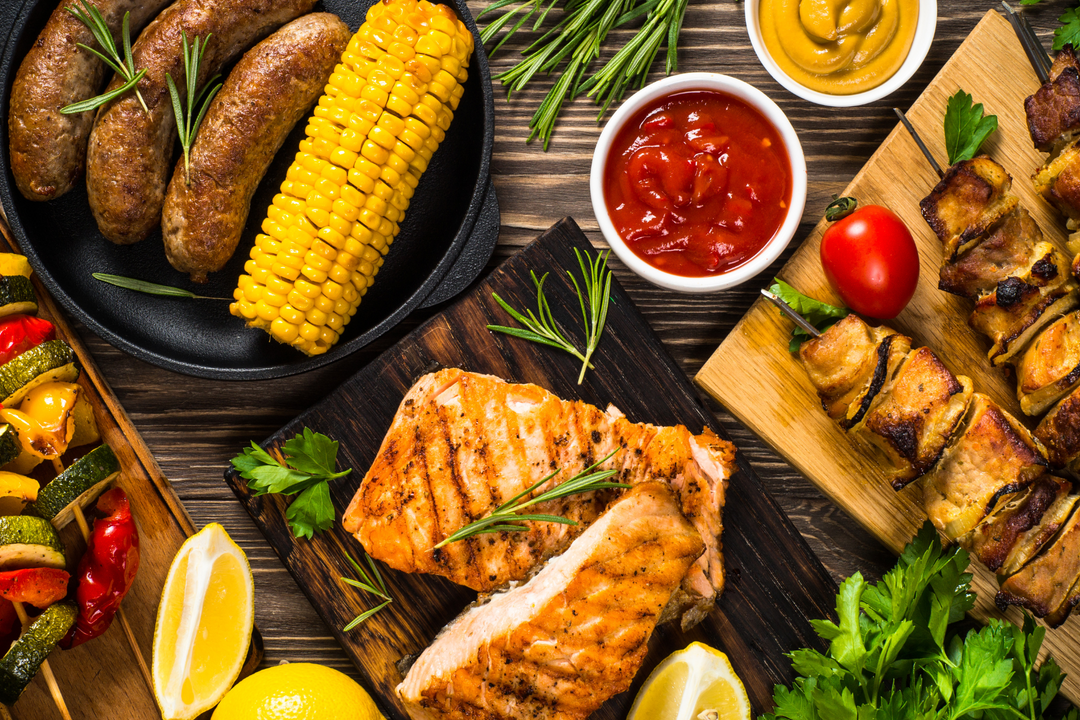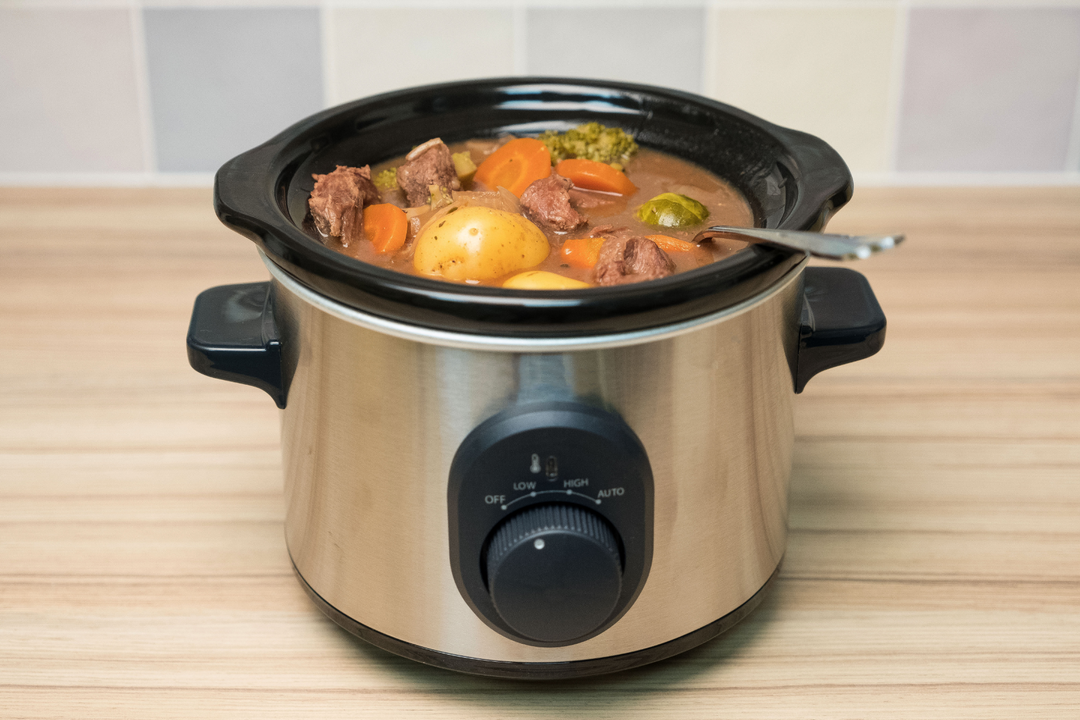There are many factors, inside and outside the grocery store, to consider when you’re shopping with sustainability in mind. When it comes to sustainability in food, it is often the case that what you’re eating, or your food choice is more important than where your food comes from. For example, animal protein contributes up to 51% of total global greenhouse gas (GHG) emissions, according to the United Nations Food & Agriculture Organization (UN FAO). The majority of this percentage is attributable to raising cattle and producing beef. If you’re looking to eat more sustainably, there are other meat (and non-meat) options that can help reduce your diet’s carbon footprint.
WHAT MAKES FOOD MORE ENVIRONMENTALLY FRIENDLY?
Resources such as water, land, fertilizer, feed, and even packaging are all elements of any food's environmental impact. What makes foods eco-friendly is a combination of two things; the ratio of product yield to GHG emissions, and the effect the production process has on the soil, air, and water around it. Below you can find some sustainable food sources to fulfill a healthy and happy diet.
THE MOST SUSTAINABLE PROTEIN SOURCES
If you’re interested in a meatless diet like veganism, you might be worried about getting enough protein without meat. However, there are some incredibly protein-rich and sustainable plant-based options out there. These options include:
- Beans — Beans and legumes are a great source of plant-based protein. Black beans, pinto beans, and kidney beans have 14 grams of protein per cup, and chickpeas have 12 grams of protein per cup. Beans and legumes can improve soil fertility where they’re planted, and use only 1/4th of the water required to produce the same amount of beef.
- Chia Seeds — Chia seeds are a low-water consumption crop that can be added to smoothies, hot cereals, salads, and even desserts. They are a high-protein additive, measuring at 4 grams of protein per ounce.
- Nuts and Seeds — Nuts are a great source of protein, and Our World In Data notes that nuts create net land use benefits. This is because nut trees, which store carbon, are currently replacing croplands, which generally do not. Peanuts are the nut highest in protein, measuring at 38 grams of protein per cup, which is equal to half a pound of ground beef.
- Lentils — There are four main types of lentils; brown, green, red, yellow, and specialty, each varying in size and flavor. Each type of lentil is packed with protein, with cooked lentils having about 17 grams of protein per cup. Lentils and other pulses are low-water crops, and create their own fertilizer, reducing nitrogen output.
THE MOST SUSTAINABLE MEATS
Due to the relatively high environmental impact meat has, you may be wondering if you should eat meat at all. However, if you are a meat lover, there are a lot of sustainable options out there. These options include:
THE MOST SUSTAINABLE PRODUCE ITEMS
Carbon dioxide emissions from plants and plant-based products can be 10 to 50 times lower than animal products, according to charts at Our World in Data. Since farming produce is generally lower maintenance livestock production, vegetables also consume far fewer resources. The most sustainable produce items include:
- Tomatoes — Tomatoes produce 1.4 GHG emissions per kilogram of food, making them one of the more sustainable pseudo-vegetables (they are actually a fruit!) with an almost equitable emission-to-yield ratio.
- Peas — At 0.9 kg GHG emissions per kg of food product, peas are quite low on the Our World in Data chart. Peas are part of the legume family that makes their own fertilizer from converting atmospheric nitrogen in the roots. This makes them a great sustainable vegetable option.
- Root Vegetables — Root vegetables actually have a positive yield to emissions ratio on the Our World in Data, emitting 0.4 kg of GHG emissions per kilogram of food product. Root vegetables include potatoes, yams, onions, carrots, and beets, and are all great sustainable food options.
- Apples — Apples have a positive yield-to-emissions ratio, at 0.4 kg of GHG emissions to one kg of food product. Because apple trees are perennials, they produce fruit year after year, which saves water and land usage and returns carbon in the soil, acting as a carbon sink.
- Bananas — Bananas have very low carbon emissions, also approximately 0.4 kg per kg of product. And because bananas grow their own packaging, they are a great low-plastic fruit option in many grocery stores.
- Citrus Fruits — Citrus fruits are one of the lowest items on the Our World in Data chart, with 0.3 kg of GHG emissions to one kg of food product. Like bananas, citrus fruits come with their own natural packaging, which cuts down on plastic consumption. Citrus trees can also be drought-tolerant, requiring less irrigation.
THE MOST SUSTAINABLE GRAINS
Grains are also low maintenance when it comes to water and energy consumption. Upping your whole-grain intake is a great way to start eating more suntainably. The most sustainable grains include:
TIPS FOR MAKING YOUR DIET MORE ECO-FRIENDLY
Making your diet more eco-friendly may seem like a huge undertaking. However, there are some easy and fulfilling ways you can start making the turn toward a sustainable diet today.
- Grow Your Own Produce — This is not only a great way to reduce your grocery bill, but having your own garden can reduce food waste, transportation emissions, and the amount of packaging you’re purchasing. Most household vegetables can be grown from scraps you’d typically throw away.
- Focus on Reducing Food Waste — According to the UN FAO, food waste generates more than 3.3 gigatonnes of GHG emissions a year. Instead of throwing out old produce or meal scraps, try a composting bin. Vegetable scraps and animal bones can also be used to make homemade stocks for soups, and fruit rinds can be used to flavor preserves.
- Have Meatless Mondays — Meatless Mondays is a campaign that started in 2003 to help cut back on the negative environmental and personal health impacts of eating meat every day. Meatless Mondays can be a great opportunity to experiment with plant-based alternatives. Similarly, it can be an easier transition into sustainability for frequent meat eaters than going full vegan or vegetarian.
- Shop in Bulk — Shopping in bulk can help you reduce the amount of packaging that you’re buying and ultimately throwing away when you’re going to the grocery store, which is another way to increase your food sustainability. Buying in bulk can also simplify the transportation and production process of goods, which can affect emissions. It’s easier to buy in bulk when you follow a recipe, so you can get an idea of what you need to buy far in advance and store items in your pantry or freezer so you’re always ready to cook.





